Stuart Jeffries at Literary Review:
 When Hannah Arendt looked at the man wearing an ill-fitting suit in the bulletproof dock inside a Jerusalem courtroom in 1961, she saw something different from everybody else. The prosecution, writes Lyndsey Stonebridge, ‘saw an ancient crime in modern garb, and portrayed Eichmann as the latest monster in the long history of anti-Semitism who had simply used novel methods to take hatred for Jews to a new level’. Arendt thought otherwise.
When Hannah Arendt looked at the man wearing an ill-fitting suit in the bulletproof dock inside a Jerusalem courtroom in 1961, she saw something different from everybody else. The prosecution, writes Lyndsey Stonebridge, ‘saw an ancient crime in modern garb, and portrayed Eichmann as the latest monster in the long history of anti-Semitism who had simply used novel methods to take hatred for Jews to a new level’. Arendt thought otherwise.
Adolf Eichmann was on trial after being captured by Israeli agents in Argentina and brought to Israel to face charges of being a leading organiser of the Holocaust. Arendt was there to report on the trial for the New Yorker. The commission would lead to Arendt’s most famous book, Eichmann in Jerusalem (1963). Arendt was the ideal woman for the job: she was not just a Jewish refugee who had fled Hitler in 1933, and a philosopher who had studied with and loved the one-time Nazi Martin Heidegger, but also someone who had reinvented herself in America as a journalist and political theorist, and the author of The Origins of Totalitarianism, about the rise of Nazism and Stalinism. She was, if anything, overqualified.
more here.

 In this second foray into the biology of death, I will examine programmed cell death or PCD. You might have heard of the process of apoptosis, but, as the previously reviewed
In this second foray into the biology of death, I will examine programmed cell death or PCD. You might have heard of the process of apoptosis, but, as the previously reviewed 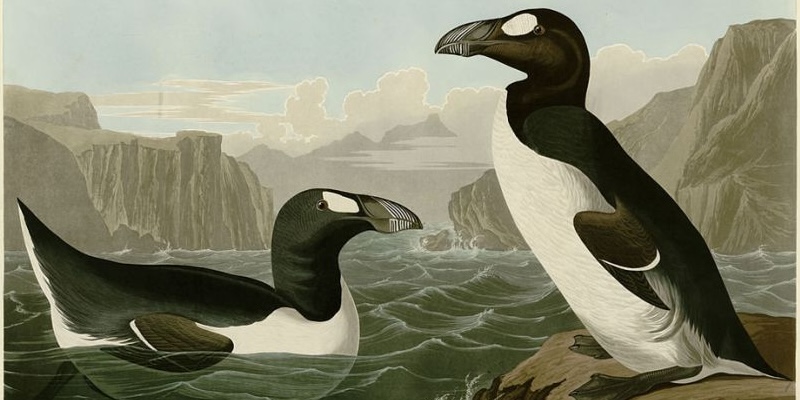 In 1858, the great auk (Pinguinus impennis) was reported to be in serious decline. William Proctor, keeper of the bird collection at Durham University, had traveled to Iceland in 1833 and 1837, partly in order to seek out great auks, but reported that sightings were now rare in Iceland and that he had not seen any of the birds.
In 1858, the great auk (Pinguinus impennis) was reported to be in serious decline. William Proctor, keeper of the bird collection at Durham University, had traveled to Iceland in 1833 and 1837, partly in order to seek out great auks, but reported that sightings were now rare in Iceland and that he had not seen any of the birds.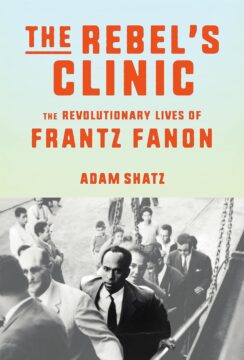 The Rebel’s Clinic thus enters an already crowded field. But given Fanon’s continuing influence, from the seminar room to social media to the streets, few would object to another effort to tell the story of his extraordinary life. Adam Shatz is well positioned to do so, since he has been writing about Fanon’s life and work for two decades (his first article on Fanon was
The Rebel’s Clinic thus enters an already crowded field. But given Fanon’s continuing influence, from the seminar room to social media to the streets, few would object to another effort to tell the story of his extraordinary life. Adam Shatz is well positioned to do so, since he has been writing about Fanon’s life and work for two decades (his first article on Fanon was 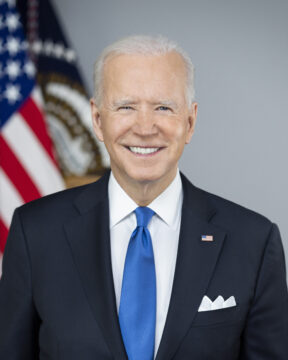
 Recent years have seen successive waves of book bans in Republican-controlled states, aimed at pulling any text with “woke” themes from classrooms and library shelves. Though the results sometimes seem farcical, as with the banning of Art Spiegelman’s Maus due to its
Recent years have seen successive waves of book bans in Republican-controlled states, aimed at pulling any text with “woke” themes from classrooms and library shelves. Though the results sometimes seem farcical, as with the banning of Art Spiegelman’s Maus due to its 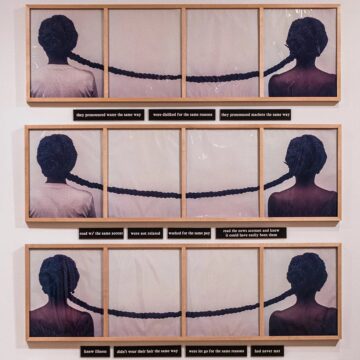 From Zarastro Art:
From Zarastro Art: Rithika Ramamurthy and Ajay Singh Chaudhary in Non-Profit Quarterly:
Rithika Ramamurthy and Ajay Singh Chaudhary in Non-Profit Quarterly: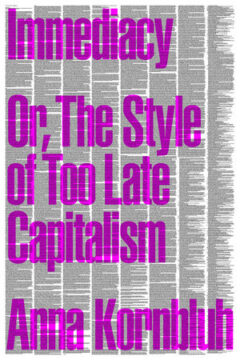 Anna Kornbluh in e-Flux:
Anna Kornbluh in e-Flux: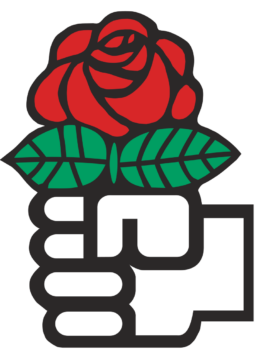 James Stafford in Dissent:
James Stafford in Dissent: O
O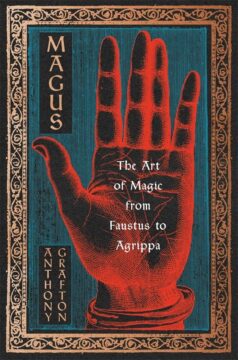 I
I